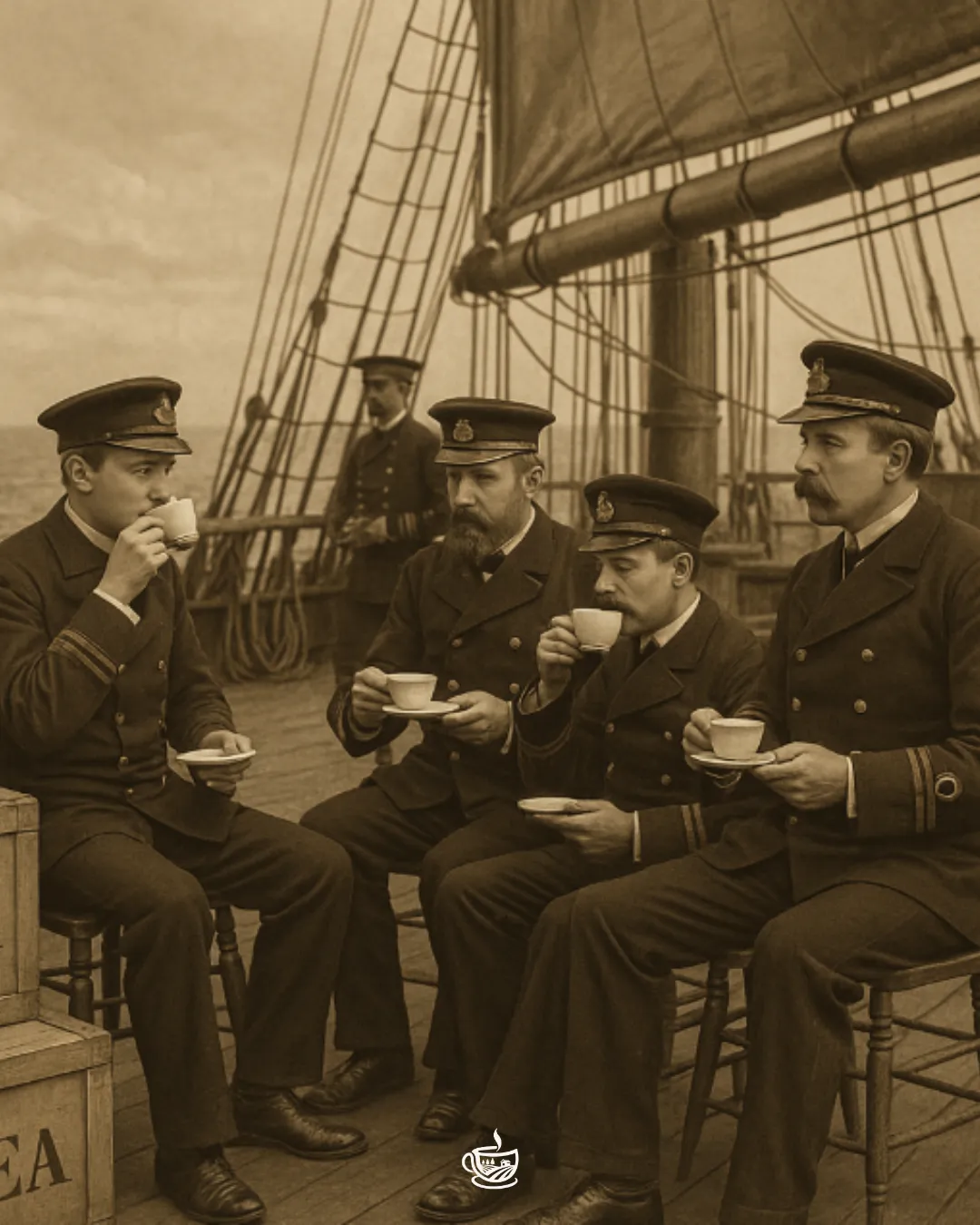
How the British Navy Shaped Global Tea Taste
Steeped in salt and strategy, the British Navy played a surprising role in shaping global tea preferences—from bold brews to sweetened cups. Here’s how.
The Sea Legs of a Steaming Cup
When you think of the British Navy, tea may not be the first thing that comes to mind—but it should be. Sailors didn’t just carry muskets and maps; they carried crates of tea. And their humble shipboard habits had ripple effects that shaped how much of the world drinks tea today.
Black Tea Was Built for the Boat
Why did black tea become the world’s go-to brew?
Simple: it traveled better.
Green tea, delicate and easily oxidized, spoiled during long sea voyages. But oxidized black tea? It held up like a champ across oceans, humidity, and time. The British Navy needed something reliable—and black tea fit the bill.
Pro tip: Even today, black tea remains a storage superstar—perfect for prepping your pantry with shelf-stable goodness.
The Birth of Strong, Sweet Tea
Tea wasn’t just brewed aboard naval ships—it was brutally brewed. Lower-grade leaves steeped too long, boiled too hot, and sipped in less-than-pristine mugs.
To make it palatable, the Navy issued sugar—and later, condensed milk. That strong, sweet flavor profile stuck.
From milky chai in India to Hong Kong’s silky milk tea, and even Southern sweet tea in the U.S.—that robust, sugary tradition can trace its lineage back to the British Navy’s mess halls.
Tea as Fuel, Not Frill
To the sailors, tea wasn’t a genteel pastime—it was survival fuel. Boiled water made it safer to drink than scummy rain-barrel water, and the warmth and caffeine gave them a physical and emotional boost during cold, grueling shifts.
Eventually, the Navy made tea mandatory—a morale and health staple in the ship’s daily routine.
At Clemson Tea Farm, we sometimes joke that we drink tea like sailors—not because we’re storming the Atlantic, but because hard work in the fields needs strong brews with soul.
Global Ripples
What sailed with the ships, sailed into culture.
India: Began producing bold black teas to suit the British palate (hello, Assam).
Hong Kong: Condensed milk met tea—resulting in silky, strong milk tea.
Southern U.S.: Add heat + British influence + the sugar trade = Sweet tea, y’all.
Final Pour
The British Navy didn’t just sail ships—they sailed taste. Their gritty, utilitarian tea rituals laid the foundation for how billions now brew and enjoy tea today: bold, black, and sweetened.
So next time you sip a strong cup, raise it to the sailors who helped shape the global flavor map—stormy seas and all.
Want to bring more farm-to-cup wellness into your life?
Join our newsletter for seasonal tea tips, health-forward recipes, and behind-the-scenes farm stories.
Wanna Read More?
Wanna Geek Out?
British Navy Tea Rations & Military History (Royal Museums Greenwich)
How Black Tea Withstood Colonial Trade Routes (Smithsonian Magazine)
© 2025 Clemson Tea Farm. All rights reserved.
